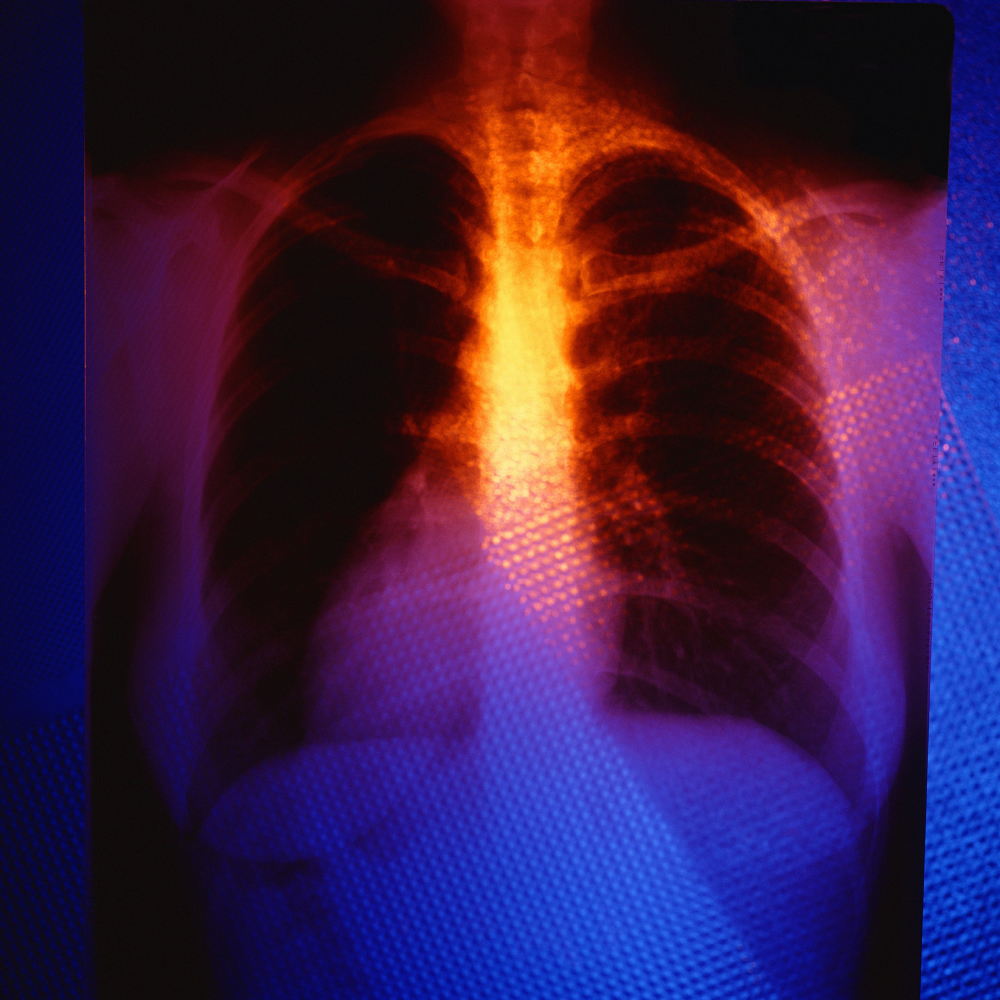
Chronic obstructive pulmonary disease (COPD) is an incurable respiratory disease where the airways within the lungs become inflamed, thus restricting an individual's ability to breathe properly. COPD causes bronchial tubes and air sacs to lose their elasticity and expansion, leaving the air trapped in the lungs during exhalation.
The two main types of COPD are:
- Emphysema.
- Chronic bronchitis.
According to the American Lung Association, COPD is currently the 3rd leading cause of death worldwide, with no cure. People suffering from COPD are also at a greater risk of suffering from heart disease, lung cancer, and other health issues.
Currently, most available treatment options aim to relieve symptoms, prevent further complications, and slow disease progression. However, with current advancements in stem cell research and trials, there's hope for improved COPD symptoms and even disease reversal (DOI: 10.2147/COPD.S49519). Let's learn more about stem cells as regenerative medicine for COPD and its potential therapeutic effects, and treatment procedure.
What is the therapeutic potential of stem cells?
COPD is characterized by acute and persistent airway inflammation and oxidative stress that leads to permanent lung damage. Oxidative stress implies the damage resulting from an imbalance between the production of harmful oxidant molecules and the cell's ability to clear them with antioxidants.
Due to stem cells' intrinsic tendency to differentiate into specialized cells and tissues, they have gained popularity as the most promising treatment for lung diseases. These cells' self-renewal, anti-inflammatory, immunomodulatory, and regenerative properties help suppress inflammatory signalling pathways and reduce levels of pro-inflammatory cell signalling molecules like IL-1 beta and IL-8.
A report by Lung Institute on stem cell therapy for COPD patients indicates that 82% of the patients who received this kind of therapy had visible improvements in quality of life and increased lung capacity.
Some major therapeutic effects of stem cell therapy for COPD are:
- Reduced inflammation within airways to prevent further damage.
- Production of new healthy lung tissues to replace damaged ones.
- Stimulation of new capillaries with the lungs for improved lung function and reduced oxidative stress.

Clinical trial supporting stem cells for COPD treatment
A detailed clinical study suggests mesenchymal stem cells (MSCs) as the potential new treatment option for COPD (DOI: 10.1136/thoraxjnl-2017-210672). The study observed that they induced airway epithelial and endothelial repair and restored the architecture of lung tissues. As a result of cell-based therapy, researchers noticed in the patients involved in the trial:
- improved immune response;
- lessened inflammatory responses;
- improved tissue homeostasis;
- reduction of apoptosis;
- increase in lung cell proliferation.
The study concludes that the regenerative potential of MSCs can change how COPD and other lung diseases are treated.
Human lungs are complex three-dimensional structures composed of several specialized cells performing specific functions. Researchers use organoids, organ-like structures grown within labs, to investigate the development of human lungs and adult lung function in depth. These organoids can be grown from various stem cell sources like:
- Embryonic
- Adult
- Induced pluripotent
Furthermore, COPD and stem cell research have also provided helpful insight into the functioning of lungs, their response to injuries, and mechanisms of repair.
COPD treatment procedure with stem cells
Swiss Medica is a stem cell treatment clinic that uses high-quality cell products followed by painless procedures and round-the-clock medical supervision. These include medications based on cells derived from the placenta or umbilical cord for better treatment outcomes.
The procedure includes the following:
- Initial consultation to discuss previous treatments, medical history, and the presence of other medical conditions that could affect the therapy.
- Case evaluation to discuss the prospects of the treatment and conducting tests to consider symptoms and severity of the disease.
- Pretreatment and necessary therapies for successful treatment outcomes.
- Harvesting and multiplication of patient stem cells within labs (if autologous cells are to be used).
- Separation of cells from patient’s own or donated sources via cutting-edge technology.
- Injection of cultivated cells via IV drip and inhalators within the patient's body.
- Additional therapies at the Clinic to improve the result.
- Post-treatment and consultations to observe the patient's progress, improving symptoms and disease progression.
Indications and contraindications for cell-based therapy
Stem cell interventions are considerably effective when other treatments have shown little to no results and when there are no adverse effects from other medications.
Contradictions of stem therapy are:
- Previous ineffective cell-based therapy;
- The severity of the condition;
- Presence of other health issues (to be discussed with the doctor);
- Systematic or uncontrolled infection;
- Threat to organ damage;
- Phycological issues affecting the patient's ability to stick to precautions and medications;
- Addictions;
- High risk of bleeding.
Takeaway
Regenerative medicine is an emerging field with promising treatment opportunities for people with COPD. Researchers have found that stem cells are able to heal, regenerate and protect damaged lung tissues via their immunomodulatory, regenerative, and anti-inflammatory properties.
Have you heard about such a medical method? Would you try it in order to cope with the disease?
Tagged in Health

